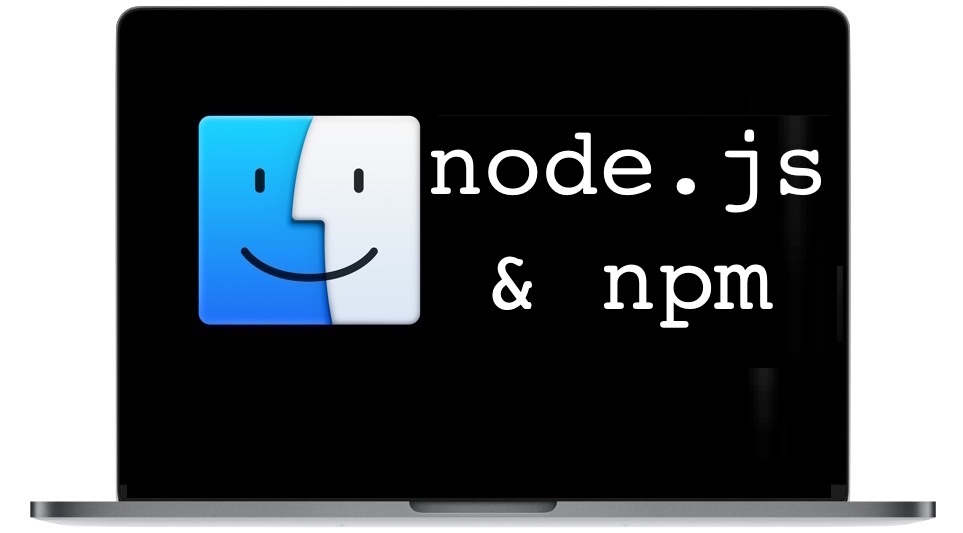node.js allows you to run javascript in the Terminal as appose to a regular browser which makes for a modern workflow in web development, with both node.js installed and a package manager called npm (Node Package Manager) also installed, which can manage other packages that work with node.js, one of the main ones being gulp.jsfor a web development workflow.
Node.js with NPM (Node Package Manager) Angular-CLI (Command Line Interface) To check whether or not you have Node.js installed, visit your console / command line and type: node -v. If this command goes unrecognized, you need to install Node.js. Visit the Node.js download page and choose either the Windows or Mac installer based on your OS. NPM comes automatically bundled with Node so we only need to install Node itself this way to get both! To confirm Node is installed, type node -v in Terminal. This will print the version number, which will be something like 6.9.5. To confirm NPM is installed, type npm -v in Terminal. The version number should be something like 3.10.10. NPM is installed when you install Node.js® Although there is a Mac installer program on the Node website, we recommend using Homebrew to install and update Node. You should have some familiarity with the Mac Terminal application since you’ll need to use it to install and test Node and NPM. You’ll also need the Terminal to use Node.js and NPM.
To install node.js on macOS Mojave, Sierra (and earner OSX versions) you can download a pre-compiled binary package which makes a nice and easy installation. Head over to http://nodejs.org/ and click the install button to download the latest package. Either version is Ok, if you are new to it best to use the recommended version.
Install the package from the .dmg by following along the install wizard which will install both node and npm, npm is Node Package Manager which allows for installs of additional packages for node.js.
At the end of the install you are prompted to make sure that /usr/local/bin is in your path, double check you have it by running in the Terminal:
After install check it was ok by entering in the command line node which will open a node javascript session:
To exit the node.js session just hit ‘control’ + ‘c’ twice.
Npm Machinery
If you have an earlier version of node you can just download the latest version and install to upgrade it and it will over write the previous version.
To check your version of node run …

Installing Packages for Node
There are many packages for Node such as the popular gulp.js, you use the command npm to see a complete list run:
This will return an exhaustive list of available packages, to install a package run npm install
To list installed packages run

To upgrade npm packages
Download Npm For Mac
To sudo or not to sudo
It is cleaner not to use sudo when installing npm packages there are a couple of options here on how this is done.
Updating NodeJS

Install Npm For Macos
To upgrade node.js itself on macOS just download and install the latest from nodejs.org – this will simply override the previous version and keep all your packages that have been already installed.